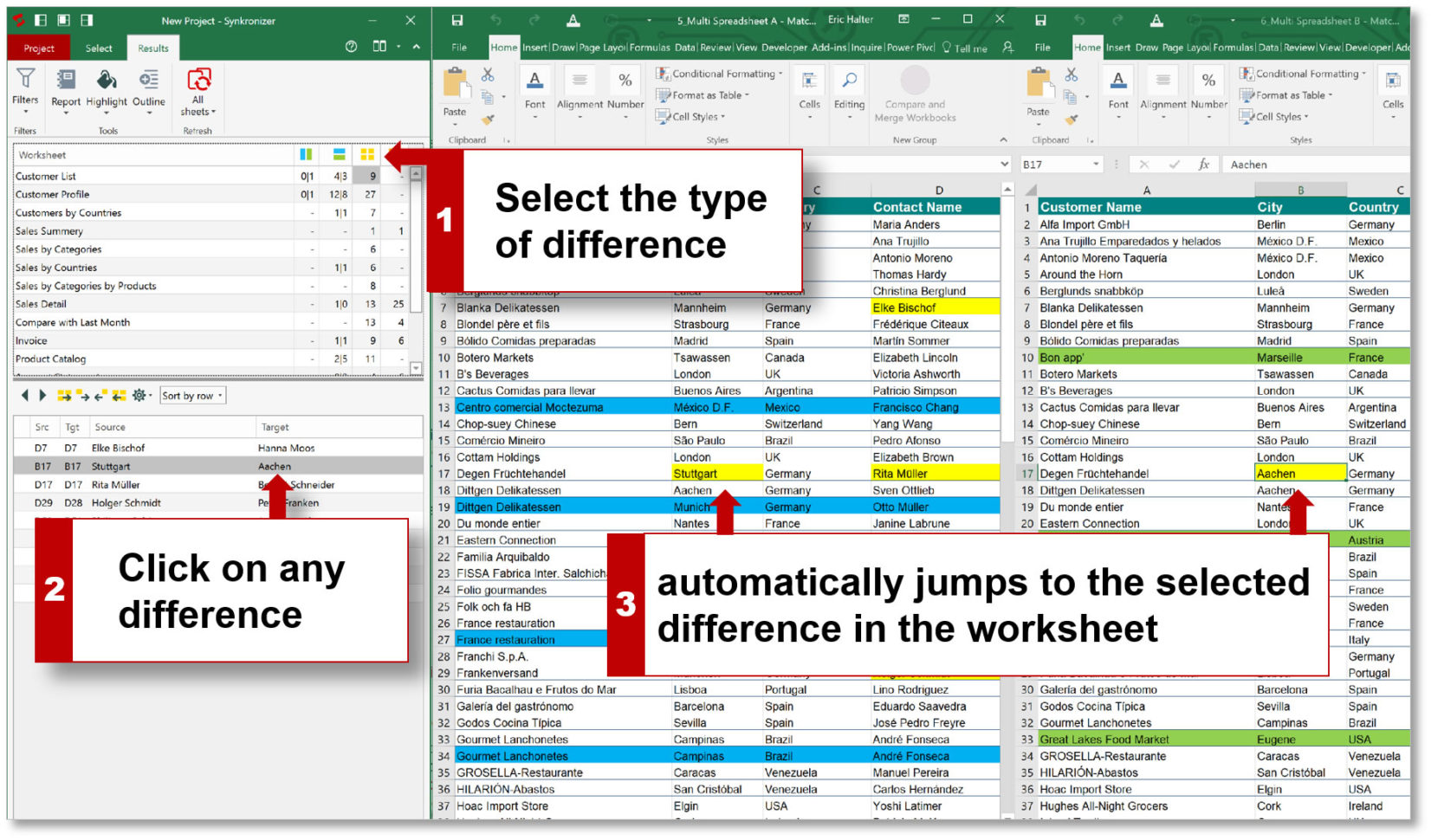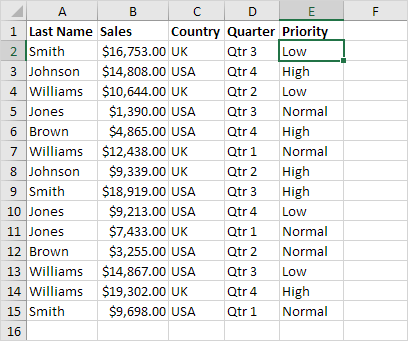5 Simple Ways to Spot Excel Sheet Differences

The Excel Sheet Difference feature is an invaluable tool for anyone who works with Excel spreadsheets regularly, whether you're tracking sales data, analyzing financial reports, or managing project timelines. Identifying differences between two Excel files or sheets not only saves time but also reduces the risk of errors in data analysis. Here are five simple ways to spot those differences:
Using Excel’s In-Built Features

Excel provides native tools that make comparing two sheets straightforward:
- Conditional Formatting: This feature allows you to highlight cells that differ between two sheets. Go to Home > Conditional Formatting > New Rule, and use a formula to highlight differences.
- Compare Workbooks: In Excel, under File > Compare, you can compare two workbooks side by side. This tool shows changes made to one workbook compared to another, though it’s not available in all Excel versions.
Third-Party Add-ins

When Excel’s built-in features fall short, you can turn to third-party add-ins:
- Compare Suite: This software suite offers advanced Excel comparison capabilities, allowing users to find differences at various levels, from cell to entire workbook.
- Spreadsheet Compare: A dedicated tool by Microsoft for Excel that can be downloaded separately to compare workbooks not just for data but for formulas, formatting, and other attributes.
Manual Comparison

For those who prefer a hands-on approach or need a more detailed analysis, manual comparison can be effective:
- Side by Side: Place the two sheets side by side and compare them visually or by using keyboard shortcuts to navigate between cells.
- Checkbox Comparison: Insert checkboxes in a new column for each sheet to visually mark differences by checking off matching cells.
Using Excel Formulas

Formulas can automate the process of finding differences:
| Formula | Description |
|---|---|
=EXACT(cell1, cell2) |
Compares if the content of two cells is exactly the same, returning TRUE or FALSE. |
=IF(A1=Sheet2!A1, “Same”, “Different”) |
Checks whether cell A1 in the current sheet matches cell A1 in Sheet2, then labels them as “Same” or “Different”. |

Advanced Techniques

For those looking to go beyond the basics:
- VBA Scripts: Create custom macros using VBA to automate comparison tasks, especially when dealing with large datasets.
- Python Libraries: Use libraries like openpyxl or xlrd in Python to write scripts that compare and report differences between sheets.
💡 Note: Always ensure your data is clean and normalized before comparison to avoid false positives or negatives.
Wrapping up, spotting differences in Excel sheets doesn't have to be a cumbersome task. Whether you prefer using Excel's built-in tools, third-party add-ins, manual methods, or advanced techniques, there's a solution for every need. These methods ensure that you can keep your spreadsheets accurate, up-to-date, and error-free, making your work with Excel more efficient and reliable.
Can I compare Excel sheets in different formats?

+
Yes, Excel can compare sheets from different versions (.xls, .xlsx) but some features might be limited or work differently. You might need to convert the older files to a newer format for full functionality.
How do I handle large datasets when comparing sheets?

+
For large datasets, consider using automated tools like VBA scripts or Python for efficient comparison. Manual methods might become impractical.
What if I need to compare sheets in different Excel files?

+
Excel’s ‘Compare Workbooks’ tool allows comparison between different files. Alternatively, open both files, copy the sheets into a new workbook, and then compare them within that workbook.
Are there any online tools for comparing Excel sheets?

+
Yes, there are online tools and web apps specifically designed to compare Excel files, although for sensitive data, it’s recommended to use local solutions or secure third-party software.
Can I compare more than two sheets at once?

+
Yes, but it’s usually done by comparing each sheet against a reference sheet or by merging all sheets into one workbook for comparison. Some advanced tools or scripts can handle multiple sheet comparisons simultaneously.



